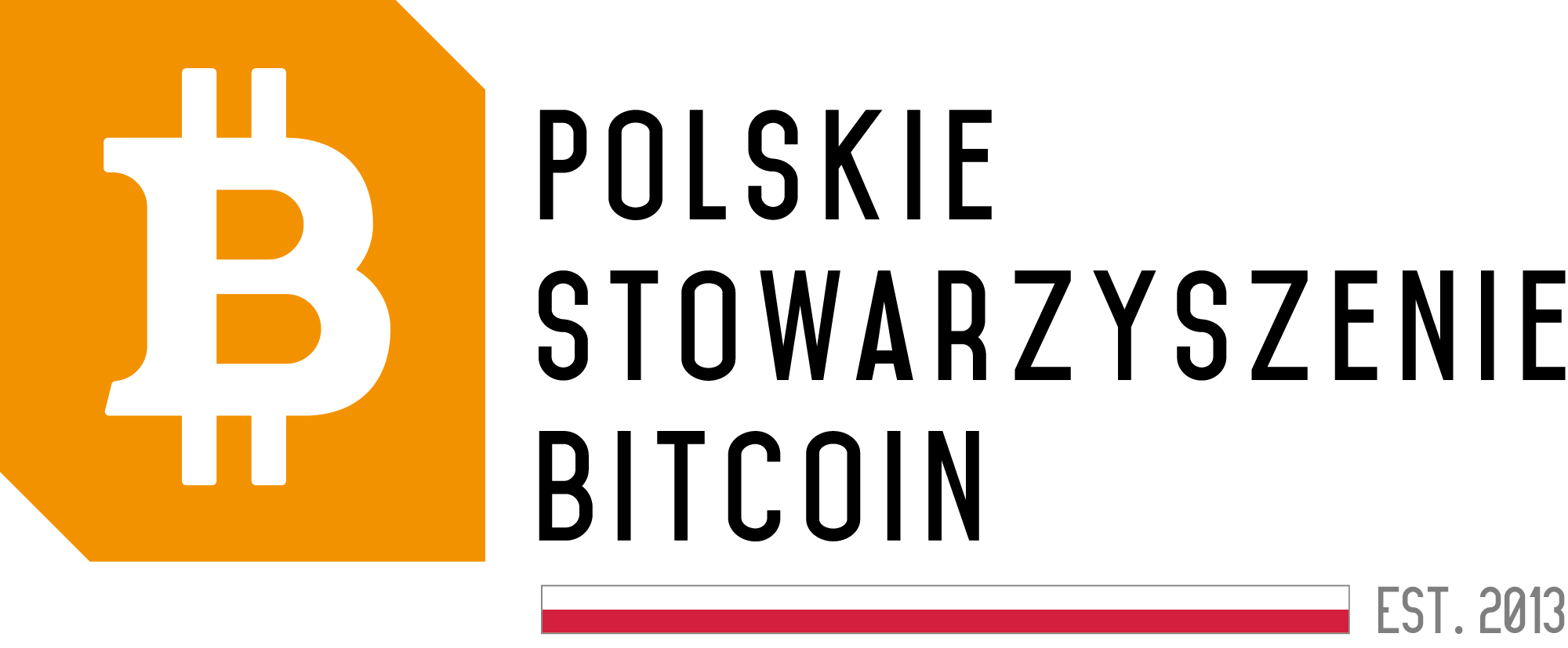Deepfake Incident at Bitcoin 2024 Conference
During the July Bitcoin 2024 conference, an incident occurred that resulted in financial losses for cryptocurrency users. A deepfake live stream showing a fake speech by Elon Musk prompted participants to make ill-considered decisions.
Deepfake-Related Scam
The scam involved the use of artificial intelligence to persuade viewers to send Bitcoin to a specific address in exchange for a promised double amount. Such scams are becoming increasingly common and require more caution from cryptocurrency users.
Phishing Attack on Ethereum Network
As a result of a phishing attack, a cryptocurrency holder lost over $148,000, and an impressive sum of 82 billion MOG was stolen from their wallet. The attackers exploited a vulnerability in the Ethereum network’s security to gain unauthorized access to the victim’s wallet.
Investigation into Attacks
Zach, a blockchain investigator, reported that funds from the attack on DMM in May of this year were linked to the attack on Poloniex in November 2023. It is suggested that both incidents may have a common origin, raising suspicions regarding potential perpetrators.
New Ransomware Attack Scheme Uncovered by Microsoft
Microsoft has revealed a new ransomware attack scheme used by cybercriminals targeting ESXi servers. This attack was neutralized with a timely patch.
Ransomware as a Threat
Ransomware is a form of attack where cybercriminals encrypt files and block access to the victim’s device, demanding a ransom in cryptocurrencies in exchange for unlocking the data. Such threats require special attention and security measures from users and companies dealing with cryptocurrencies.






